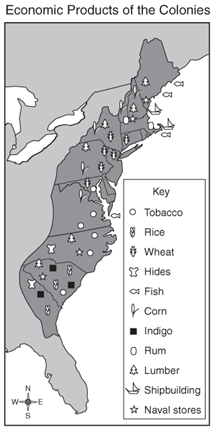Introduction
American slavery involved the ownership of persons who were subjected to work without consent and contracts. The southern side focused on cash crop cultivation as the main economic activity while the northern side agricultural activities were less. In the north, slaves were used in domestic work and skilled crafts while in the southern slaves worked on cash crop farms.
Slaves were more in the south than in the north as a result of the labor intensive activities. This explains why slave trade was more in Southern America than North (Northrup 460-462). This paper discusses slavery in Virginia and South America and the factors that contributed to this practice. It will also discuss how African slaves developed a sense of community in slavery.
Causes of the slave trade
In the Virginia colony, tobacco was the main agricultural activity and was very labor intensive. As the colony’s population increased, tobacco cultivation and demand for labor increased. The European colonizers also expanded their sugar farming activities into the Caribbean.
This brought the need for more slaves. Sugar demand and better prices from Brazil and west Indies prompted South American countries to engage in the slave trade. Availability of white servants began declining and could not meet the demand for labor. Africanization began in the Caribbean at this point (Nellis 84-85).
The English also indirectly contributed to the increased slave numbers in America. When the British took over slave trade from the Dutch, the price of importing slaves decreased and African slaves were more available To American colonies.
Colonists opted to import slaves rather than importing indentured servants. Brazil, the Caribbean, and Jamaica were the most notorious in the slave trade. The slave population later increased as the slaves reproduced and multiplied in numbers (Northrup 459).

Agriculture was the main economic activity.
A sense of community Among African Slaves
African slaves were united by sharing a common culture in which music art, tales and literature were part of their cultural beliefs and practices. Christianity teachings were interpreted from a cultural perspective. This brought them together despite the hardships experienced in the plantations. A sense of the community came up as a result of spiritual and social well being as the bible addressed both communal and personal needs (Berkin 94).
Conclusion
Slave trade began in the latter part of the seventeenth century and was fueled by the economic gains obtained from labor importation. The slave trade was more in the south than north. This is attributed to labor demand and economic activities. Culture and religious education played an important role in bringing African slaves together. In this case, they developed a sense of community amongst themselves.
Works Cited
Berkin, Carol. Making America: A History of the United States. Boston, Mass: Houghton Mifflin, 2007. Print.
Hill, Kenneth H. Religious Education in the African American Church: A Comprehensive Introduction. Denver, Colo.: Chalice Press. 2007. Print
Nellis, Eric G. An Empire of Regions: A Brief History of Colonial British America. North York [i.e. Toronto], Ont: University of Toronto Press, 2010. Print.
Northrup, Cynthia C. The American Economy: A Historical Encyclopedia. Santa Barbara, Calif: ABC-CLIO, 2003. Print.